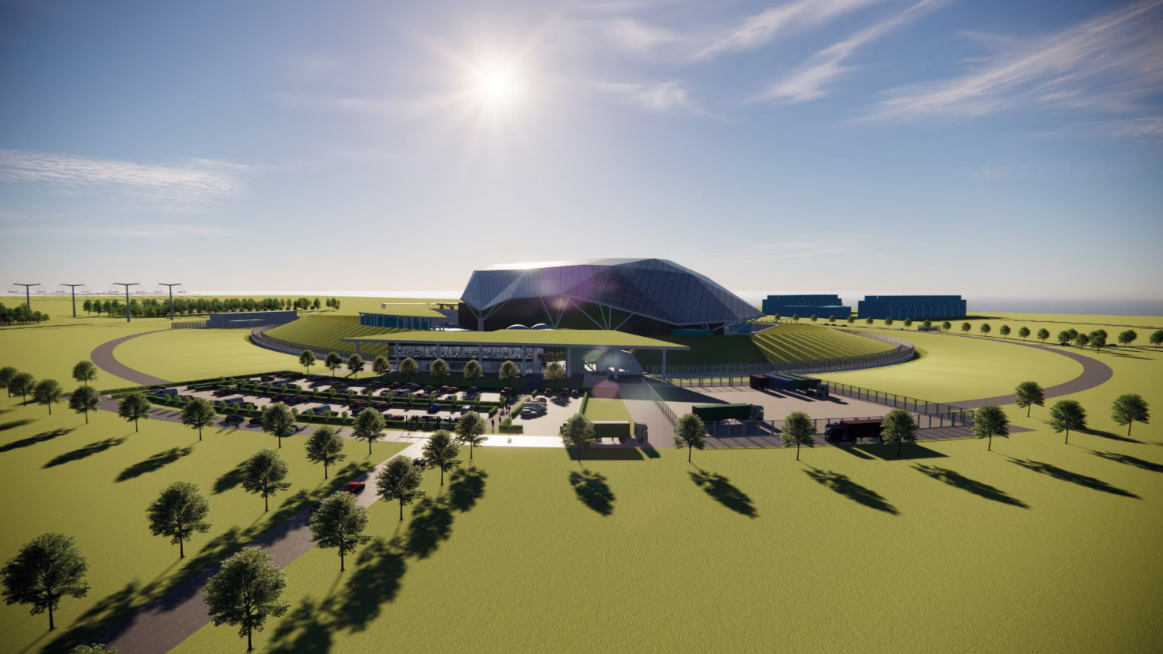The UK government has officially selected Wylfa, on Anglesey in North Wales, to host the nation's first Rolls-Royce Small Modular Reactors (SMRs). Under the plans, three SMR units will be built initially, with the potential to expand up to eight units on the same site. This decision represents a strategic step forward in the UK’s push for low-carbon nuclear energy, greater energy security, and domestic industrial renewal.

(Image: Rolls-Royce SMR)
Strategic and Historical Significance
Energy Strategy Context
The Wylfa SMR project is part of the UK government’s “Clean Energy Superpower” mission. Great British Energy-Nuclear (GBE-N), the government body tasked with delivering this program, will oversee deployment and stakeholder engagement.
Funding Commitment
The government has allocated approximately £2.5 billion to support SMR technology development, attract private investment, strengthen the UK supply chain, and reduce reliance on imported energy.
Local and National Economic Impact
During peak construction, up to 3,000 jobs are expected to be created in the local Anglesey community.
The project is set to drive long-term infrastructure investment, training initiatives, and sustained employment opportunities.
Wylfa brings a rich nuclear heritage—it previously hosted a Magnox station—which gives the project advantages in site knowledge, skilled labor, and community familiarity with nuclear operations.
Technical Design and Features
Reactor Design
Rolls-Royce’s SMR is based on a pressurized water reactor (PWR) architecture, with a nominal electrical output of around 470 MW per unit.
Regulatory Status
The design is currently undergoing the UK’s Generic Design Assessment (GDA) process with the Office for Nuclear Regulation (ONR), now in Step 3.
Modular Construction Approach
Key components will be fabricated in factories and then transported to Wylfa for assembly. This modular manufacturing approach is intended to reduce on-site construction time, lessen disruption, and improve cost control.
Fuel and Lifetime
Uses low-enriched uranium (LEU) in UO₂ pellet form.
Designed operational life is approximately 60 years.
Regulatory and Safety Framework
Nuclear Regulation
The ONR (Office for Nuclear Regulation) has welcomed the Wylfa selection, and will continue close engagement with GBE-N and Rolls-Royce SMR to ensure the licensing, assessment, and deployment remain safe and efficient.
Community Engagement
Rolls-Royce SMR and GBE-N emphasize the importance of building a long-term partnership with the local community. They plan to ensure transparent communication and deliver lasting social value.
Environmental and Infrastructure Considerations
Wylfa's legacy as a former nuclear site provides existing infrastructure and community capacity, reducing some of the development challenges faced by entirely greenfield projects.
Associated infrastructure development (e.g., rail, port) could be upgraded as part of the project, supporting broader regional regeneration.
Stakeholder Reactions
Welsh Government
The Welsh Government has welcomed the decision, noting the substantial economic opportunity for North Wales. They highlight the alignment of the SMR project with wider regional strategies in advanced manufacturing and infrastructure.
Industry and Academia
The University of Sheffield’s Advanced Manufacturing Research Centre (AMRC) describes the announcement as a “monumental moment” for North Wales, supporting both skills development and industrial capacity.
Rolls-Royce SMR underscores that the Wylfa deployment will serve as a cornerstone for its UK SMR “fleet” programme, and also support export growth in markets like the Czech Republic.
Labor and Community Voices
Local workers, trade unions, and community representatives are engaging in the project’s development, emphasizing job quality, safe working practices, and long-term socio-economic benefits.